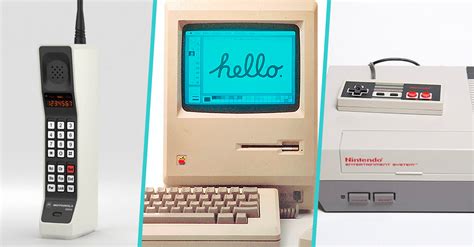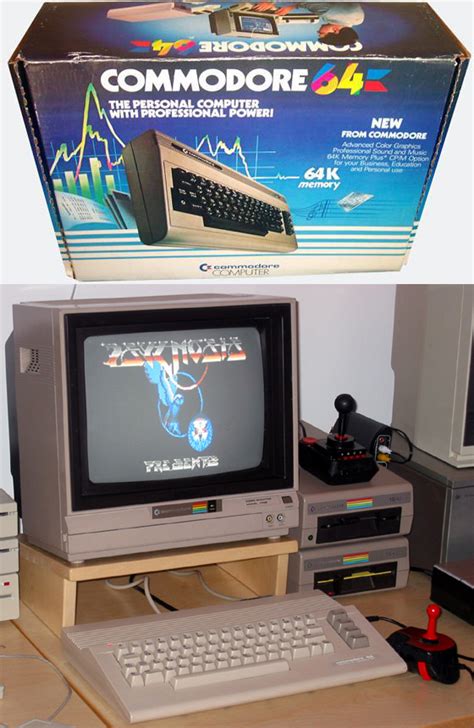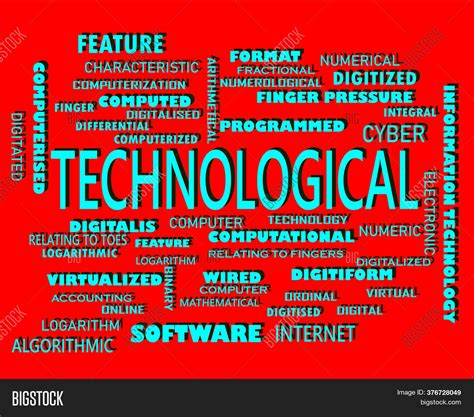80S Technology

The 1980s was a transformative decade for technology, marked by the emergence of personal computers, the rise of the internet, and significant advancements in various fields such as telecommunications, gaming, and software development. This period saw the introduction of iconic devices and systems that would shape the future of technology, including the Apple Macintosh computer, the IBM PC, and the first mobile phones. The 1980s also witnessed the birth of the World Wide Web, which would later revolutionize the way people access and share information.
One of the defining characteristics of 1980s technology was the advent of the home computer market. Companies like Apple, Commodore, and IBM began producing affordable and user-friendly computers that could be used for a variety of tasks, from basic word processing to gaming. The Apple II, introduced in 1977 but gaining popularity in the early 1980s, was one of the first highly successful mass-produced personal computers. It was followed by the Commodore 64, which became the best-selling single computer model of all time, with estimates suggesting over 17 million units sold worldwide.
Key Points
- The 1980s saw the emergence of personal computers, with models like the Apple II and Commodore 64 becoming highly popular.
- The decade witnessed significant advancements in telecommunications, including the introduction of the first mobile phones.
- The World Wide Web was born in the late 1980s, paving the way for the modern internet.
- Gaming consoles like the Nintendo Entertainment System (NES) and the Sega Master System were introduced, revolutionizing the home gaming market.
- Software development expanded, with the creation of popular programs like Microsoft Office and the first versions of the Windows operating system.
The Rise of Personal Computing

The personal computer revolutionized the way people worked, communicated, and entertained themselves. The IBM PC, released in 1981, set a standard for the industry with its open architecture, allowing other companies to produce compatible hardware and software. This led to a proliferation of PCs in homes and businesses, driving innovation and competition in the tech sector. The introduction of the graphical user interface (GUI) with the Apple Macintosh in 1984 further democratized access to computers, making them more intuitive and user-friendly for the general public.
Advancements in Telecommunications
The 1980s also marked significant advancements in telecommunications. The first mobile phones were introduced, although they were bulky and expensive, making them accessible only to a select few. However, this marked the beginning of a new era in personal communication, one that would eventually lead to the smartphones of today. Furthermore, the 1980s saw improvements in landline technology, with the introduction of touch-tone phones and answering machines becoming more common in households.
| Year | Technology Milestone | Description |
|---|---|---|
| 1981 | IBM PC Release | The first IBM PC was released, setting a standard for the personal computer industry. |
| 1983 | First Mobile Phone Call | The first call on a handheld mobile phone was made, marking the beginning of the mobile phone era. |
| 1984 | Apple Macintosh Introduction | The Apple Macintosh 128k was introduced, popularizing the graphical user interface (GUI) in personal computers. |
| 1989 | World Wide Web Inception | Tim Berners-Lee invented the World Wide Web, revolutionizing the way information is accessed and shared. |

The Evolution of Gaming

Gaming underwent a significant transformation in the 1980s, with the introduction of home consoles like the Nintendo Entertainment System (NES) and the Sega Master System. These consoles brought high-quality gaming into the home, offering a wide range of titles that appealed to various audiences. The arcade scene also thrived, with classics like Pac-Man, Donkey Kong, and Space Invaders becoming cultural phenomena. The 1980s laid the groundwork for the modern gaming industry, with its diverse platforms, genres, and community engagement.
Software Development and the Internet
The 1980s was a crucial period for software development, with the creation of productivity suites like Microsoft Office and the initial versions of the Windows operating system. The late 1980s also saw the inception of the World Wide Web by Tim Berners-Lee, which would go on to revolutionize global communication and information access. The first internet service providers (ISPs) began to offer access to the internet, albeit at a slow pace and limited capacity compared to today’s standards. This marked the beginning of a new era in information technology, one that would profoundly impact how people communicate, work, and access information.
In conclusion, the 1980s was a pivotal decade for technology, laying the foundations for many of the advancements we enjoy today. From the personal computer and the internet to telecommunications and gaming, this period was marked by innovation, competition, and a relentless push towards making technology more accessible and user-friendly. Understanding the developments of the 1980s provides valuable insight into the evolution of technology and its impact on society, highlighting the importance of continued innovation and investment in technological advancement.
What were some of the most influential technologies of the 1980s?
+The 1980s saw the rise of personal computers, the introduction of the first mobile phones, the inception of the World Wide Web, and significant advancements in gaming technology, including the introduction of the NES and Sega Master System consoles.
How did the 1980s impact the development of the internet?
+The late 1980s witnessed the birth of the World Wide Web, invented by Tim Berners-Lee. This innovation laid the groundwork for the modern internet, enabling easier access and sharing of information across the globe.
What role did gaming play in the technological advancements of the 1980s?
+Gaming in the 1980s, through consoles like the NES and the arcade scene, not only provided entertainment but also drove innovation in graphics, sound, and user interface design. These advancements had spill-over effects into other areas of technology.



